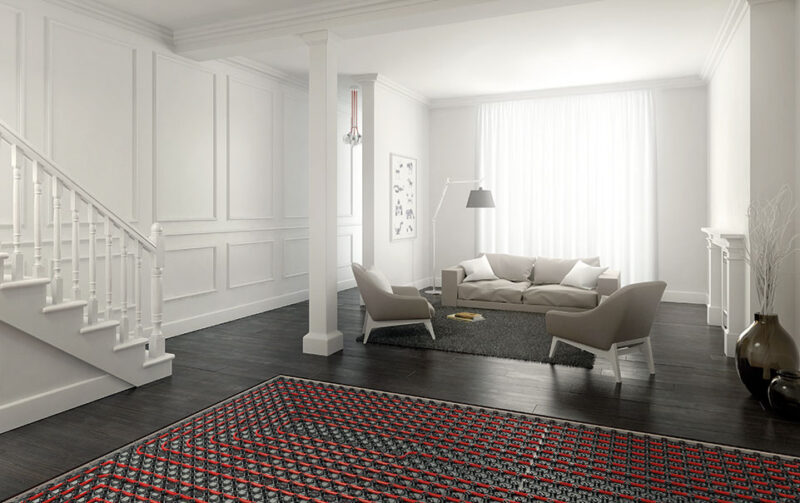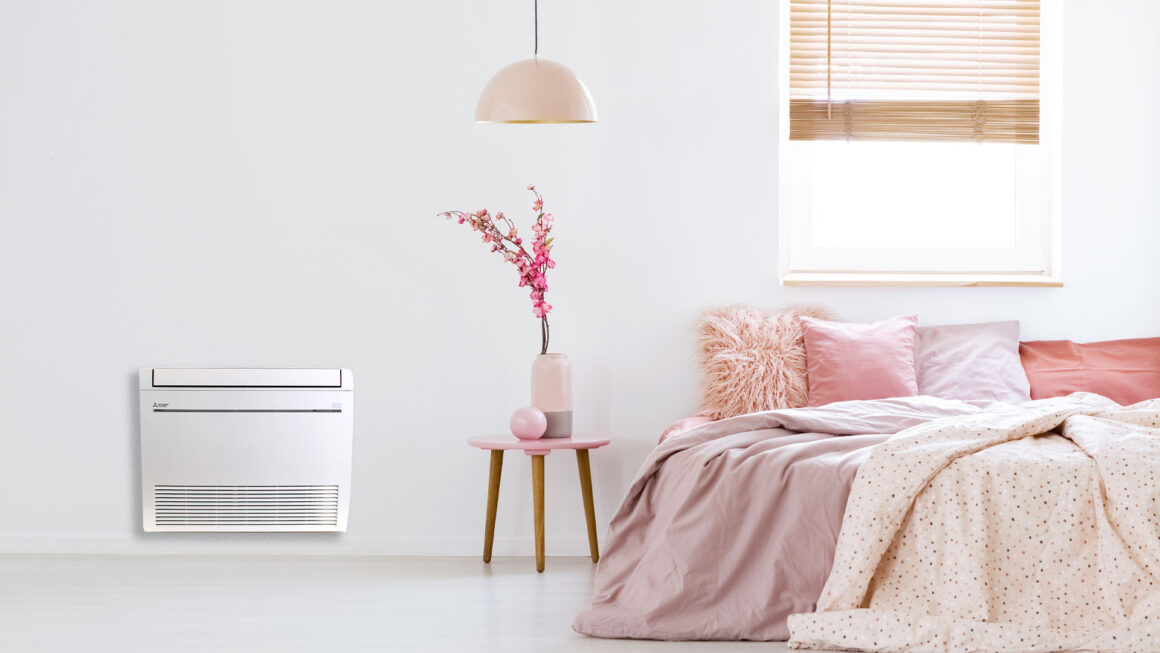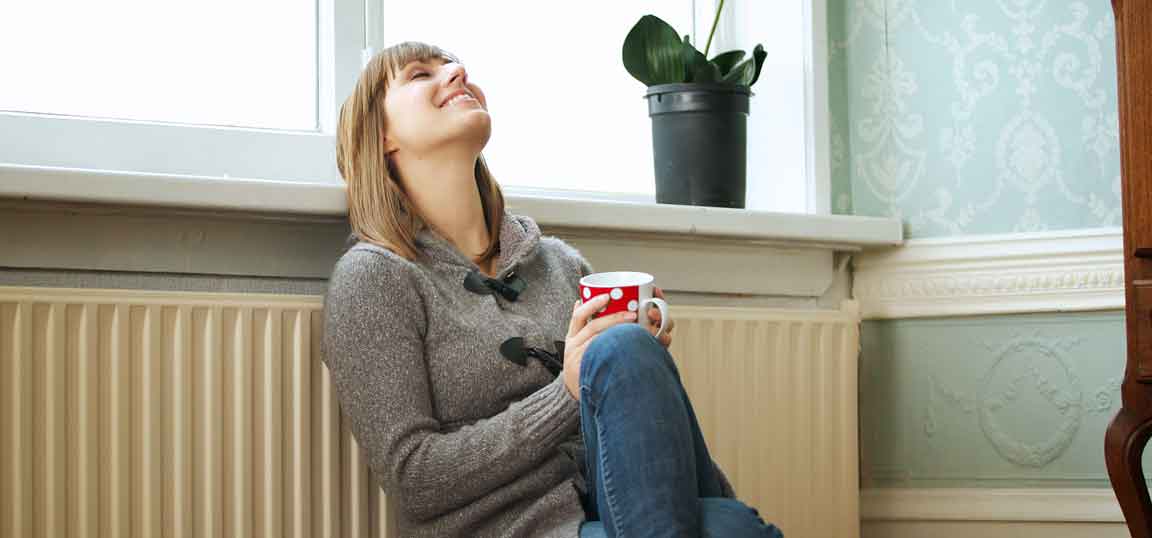Home comfort and interior design go hand in hand. In today’s marketplace, homeowners want heating solutions that not only provide warmth but also complement their interior decor. The demand for decorative heating options that blend into living spaces is on the rise.
According to Grand View Research, the global decorative heating market is projected to grow at a CAGR of 6.4% from 2021 to 2028. A survey found that 67% of homeowners consider aesthetics a key factor when selecting heating systems. The shift is efficient functionality and sleek design are a top priority.
The Growing Demand for Decorative Heating
Heating solutions focused on function that provides enough warmth concerning aesthetics. Today, an increasing number of homeowners desire heating systems. This blends into their designed interiors. Studies show that incorporating heating solutions into home decor leads to increased satisfaction.
In response to this demand, manufacturers offer an expanding range of heating options that double as interior design elements. From sleek wall panels to designer radiators in bold colors and finishes, decorative heating solutions allow homeowners to warm their space with elegance.
One innovative approach is to harness the benefits of custom flexible heaters. With advancements in technology and design, the possibilities are endless. These changes towards viewing heating solutions as interior design elements shows how priorities have evolved for modern households.
Homeowners want to completely personalize their living environments, and this includes making even utilitarian equipment like heating systems coordinate with the decor. As demands rise for heating that functions as fashion, manufacturers will respond with even more innovations in decorative heating. For today’s homeowners, there is a liberating new world of possibilities when it comes to staying warm in style.
Radiant Solutions for Walls and Floors

Radiant heating systems have emerged as an energy-efficient approach to warming modern households. Radiant wall panels, for example, can be 15-20% more efficient than traditional heating, reducing costs. These panels contain electric heating elements or hot water tubes that transfer heat to occupants and surfaces.
Source: Fictional data
Available in various sizes and designs, wall panels can blend into living spaces. Minimalist panels with matte finishes provide warmth above sofas or beds. Meanwhile, decorative grilles allow radiant heating to accent walls and become focal points. Radiant heating transforms walls from cold surfaces into warming design elements.
In-floor radiant heating also warms interiors using electric or hydronic technology. Contemporary homes highlight these systems as sleek design features that emit comfortable warmth. Whether installed under tile, wood, or carpet, floors don’t need heating units.
The Allure of Designer Radiators
Radiators, once viewed as utilitarian, have undergone a design revolution. Demand for designer radiators has risen 20% in five years as homeowners seek models that elevate interiors.
Far from old-fashioned cast iron, today’s radiators come in materials like glass and mirrored stainless steel. They not only distribute but also capture warmth lighting and expand space with their reflective surfaces.
High-end designers offer radiators in shapes and colors that complement modern decors. Horizontal and vertical models allow customized layouts to enhance heating efficiency.
Homeowners can select smart programmable radiators to optimize energy use and match their heating schedules. By treating radiators as interior design elements, homes gain both warmth and style.
Customizable Warmth for Walls

Homeowners seeking to personalize their decor through heating have turned to customizable heating art. These panels allow any image to be imprinted on the surface and customized heating elements added. Photos, abstract art, textural designs, the possibilities for heating art are endless.
Integrating imagery into heating transforms standard wall panels into captivating focal points. Studies have shown customizable heating art can increase homeowner comfort and satisfaction by adding visual interest to spaces.
The environmental psychology concept of biophilia explains how humans connect with imagery, especially representations of nature. Heating art panels tap into this biophilia by decorating walls with beautiful imagery that also provides efficient warmth.
Optimizing Efficiency with Smart Controls
While decorative heating solutions add style, integrating smart controls optimizes the efficiency of these systems. Smart thermostats and sensors allow adjusting temperatures based on occupancy and homeowners’ heating schedules. This technology reduces energy consumption by 20% on average.
Smart radiator valves further enhance efficiency by enabling room-by-room programming aligned with usage patterns. Homeowners report 10-15% drops in heating costs after implementing smart radiator controls. Integrating these controls not only improves efficiency but also simplifies the management of decorative heating solutions.
Achieving the Best of Both Worlds

In the past, heating solutions failed to consider visual design and aesthetics. Today, integrating style and efficiency has become essential in modern households. With technology improvements and design innovations, decorative heating allows homeowners to warm their spaces in beautiful ways.
From radiant panels to designer radiators and customizable wall art, possibilities abound for homes to implement heating solutions that turn utilitarian equipment into captivating interior design elements.
By incorporating smart controls, these stylish heating systems can optimize energy efficiency and provide the best of both worlds – warmth and beauty. The future of home heating involves thinking beyond function alone.
Frequently Asked Questions
What are the most energy-efficient decorative heating options?
Radiant heating systems like wall panels and electric radiators tend to be the most efficient decorative options. They minimize heat loss compared to forced air and can lower energy bills. Smart controls also improve efficiency.
How do I incorporate decorative heating into my existing decor?
Focus on options like customizable radiant panels and heating art that can blend into your color scheme or patterns. Consider finishes like wood or marble that coordinate with furnishing styles. Place units rather than complement layouts.
What maintenance is required for decorative heating solutions?
Decorative options have similar maintenance needs to traditional systems, inspect, clean with a soft cloth, and check filters and fluids. Smart controls may need occasional software updates. Most decorative options should provide multiple seasons of reliable heating with basic upkeep.
Conclusion

The blog post offers an engaging guide on how to keep their living spaces warm and beautiful. It features focused content, smooth transitions, relevant statistics, and reader-centered information. The discussion on decorative heating solutions and smart technology provides attractive options. For those looking for both warmth and aesthetic appeal in their interior designs.


